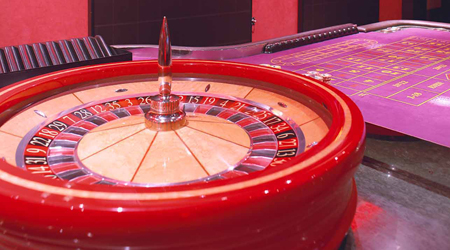Crystal Casino Tottenham Court Road
White Hart Lane, Haringey
- Crystal Casino Tottenham Court Road Hotel
- Crystal Casino Tottenham Court Road Station
- Crystal Casino Tottenham Court Road London
- Map of Tottenham Court Road shops. All the shops and restaurants on London's. Tottenham Court Road at-a-glanceArchived: December 2018.
- A thoroughfare winding between the High Roads of Tottenham and Wood Green, best known as the (nearby) home of Tottenham Hotspur, the Premier League football club. The road was in existence by 1619, when its western part was called Apeland Street. The White Hart inn stood on the east side of the High Road and was used for court sessions in the.
A thoroughfare winding between the High Roads of Tottenham and Wood Green, best known as the (nearby) home of Tottenham Hotspur, the Premier League football club
Gala Casino Tottenham Court Road Postcode We strive to provide the best resources to all our visitors. There is reason behind our shortlist and Australian Gala Casino Tottenham Court Road Postcode online casino reviews, so read on to find out why these are the best casino sites accepting Aussie players.

The road was in existence by 1619, when its western part was called Apeland Street. The White Hart inn stood on the east side of the High Road and was used for court sessions in the 1650s. Some very grand country retreats were built along the lane in the 17th and 18th centuries but settlement remained sparse until around 1810, when suburban villas gradually began to spread westward from Tottenham High Road.
White Hart Lane station opened on the Great Eastern Railway in 1872 and its vicinity soon took on a more urban character. The London County Council subsequently bought land between White Hart Lane and Lordship Lane for one of its first ‘out-of-town cottage estates’ – for more on this, see the page on Tower Gardens.
In the 1890s the White Hart’s landlord set up a nursery on the fertile soil behind the inn, but within a few years the newly professional Tottenham Hotspur football club sought to move the short distance here from its previous home. Originally Hotspur FC, and formed from an older cricket club in 1882, the club became Tottenham Hotspur two years later. Most of the founders were old boys of St John’s Presbyterian school and Tottenham grammar school.
In the days before the stadium became all seated (in 1994) the ground witnessed some huge attendances – most notably in the 1948–9 season, when the record gate of 75,038 was achieved for a match against Sunderland. The old ground’s capacity in its latter days was 36,284.
The club is now close to completing a new stadium in a scheme that’s codenamed the Northumberland Development Project because the site borders the avenue called Northumberland Park, which in turn is so called from the former ownership of the land thereabouts by the dukes of Northumberland. The (deliberately) cumbersome and forgettable project name will later be dropped when a corporate sponsor comes up with an acceptable offer for the new stadium’s naming rights.
The original plans were revised in 2015, increasing the stadium’s proposed capacity to 61,000 and reconfiguring the seating bowl “to enhance the fan experience”. The capacity was ultimately increased again – to 62,062, which is more than any other club stadium in London, although West Ham United’s London Stadium could hold more if permitted. The pièce de résistance is the 17,500-seat south stand – the largest single-tier stand in the UK.
Other aspects of the stadium and its surroundings include:
- A visitors’ centre with an interactive museum, cinema, club megastore, ticket office and café
- An enhanced public open space, comparable in area to Trafalgar Square, with a multi-use games area
- A 180-bedroom hotel with 49 serviced apartments on the upper floors
- A new building to host extreme sports, including the world’s highest indoor climbing wall
- A ‘Sky Walk experience’ that involves walking on top of the stadium
- 579 new homes in four blocks, including affordable housing
- A new community health centre
Following a delay of several months, caused by various teething problems, Spurs played their inaugural match at the new stadium on 3 April 2019, defeating Crystal Palace 2–0.
In addition, the 27-acre High Road West scheme will bring another 2,500 new homes to the zone either side of the eastern end of White Hart Lane, plus a library and a small park. However, a number of existing properties will be demolished, including homes on the Love Lane estate. An early CGI of the High Road West masterplan is shown above – but the final scheme is likely to rise higher.
Postcode areas: N17 and N22
Population: 13,431 (2011 census)
Station: London Overground (zone 3)
Mike Donovan, Glory, Glory Lane: The Extraordinary History of Tottenham Hotspur’s Home for 118 Years, Pitch Publishing, 2017
Website section: Spurs’ new stadium
Crystal Casino Tottenham Court Road Hotel
View larger OpenStreetMap

 The Lazy Dog
The Lazy DogBest For
Photos
Photos
Best For

Crystal Casino Tottenham Court Road Station
Crystal Casino Tottenham Court Road London
Best For